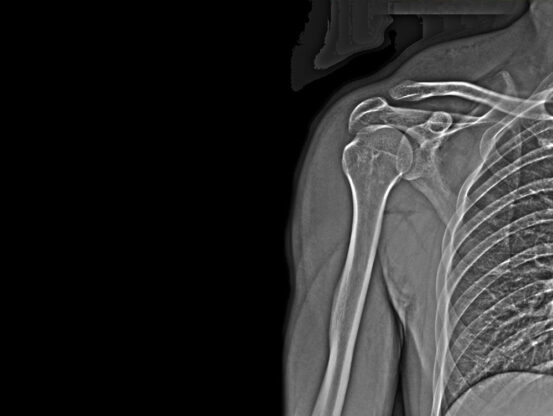
13 Sep, 2016
Turbulence Causes a Wave of Injuries for Flight AttendantsRecent reports reveal that severe turbulence has been responsible for a wave of injuries involving…

A person with a rotator cuff tear will often complain of pain while resting or pain with movement such as lifting, pushing, pulling and reaching. You may also experience pain at night. Rotator cuff pain is described as an aching pain but could increase or become more sharp with activity. Typically, people over 40 experience a larger percentage of full thickness rotator cuff tears than people under 40.
An MRI is the standard for diagnosing rotator cuff tears. While arthrography can be used to diagnose a partial full thickness tear, it is not useful in diagnosing partial tears.
Conservative treatment of a rotator cuff tear includes non-steroidal anti-flammatory medications. Your doctor may also prescribe a course of physical therapy which can include stretching and strengthening exercises, ultrasound, e-stim and phonphoresis.
Your doctor may also recommend a corticosteroid injection which may provide relief of your symptoms. This injection can also be used a a diagnostic tool based on the extent of pain relief you experience.
When conservative treatment fails, your doctor may recommend surgery. With the advent of arthroscopy, doctors are able to perform minimally invasive procedures to surgically repair rotator cuff tears. More than 95% of all rotator cuff tears can be treated arthroscopically.
The recovery period for a rotator cuff tear can be lengthy. Post operative strengthening usually begins around three months after your procedure. For a workers compensation patient it is helpful for them to have a job description to provide to the physical therapist who can customize their therapy plan. A work hardening program may be valuable in conditioning the worker to return to their job.